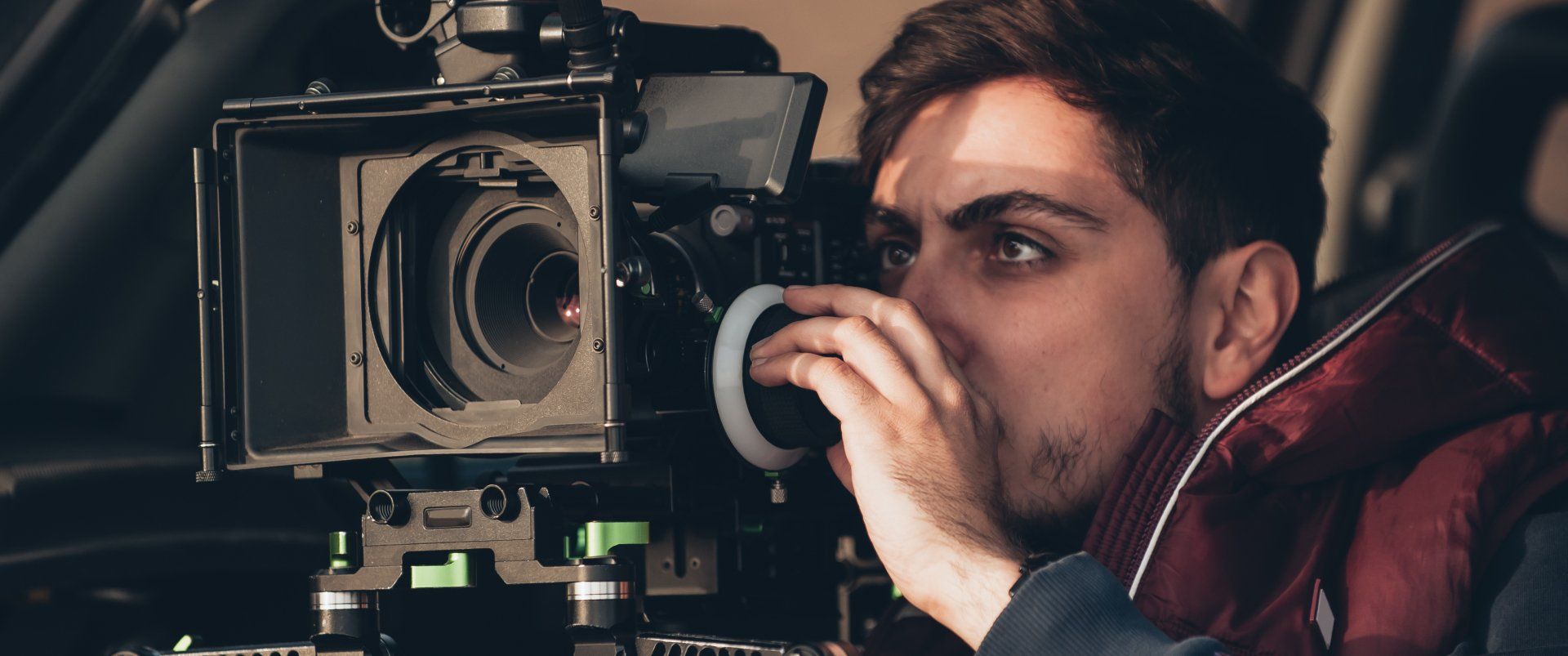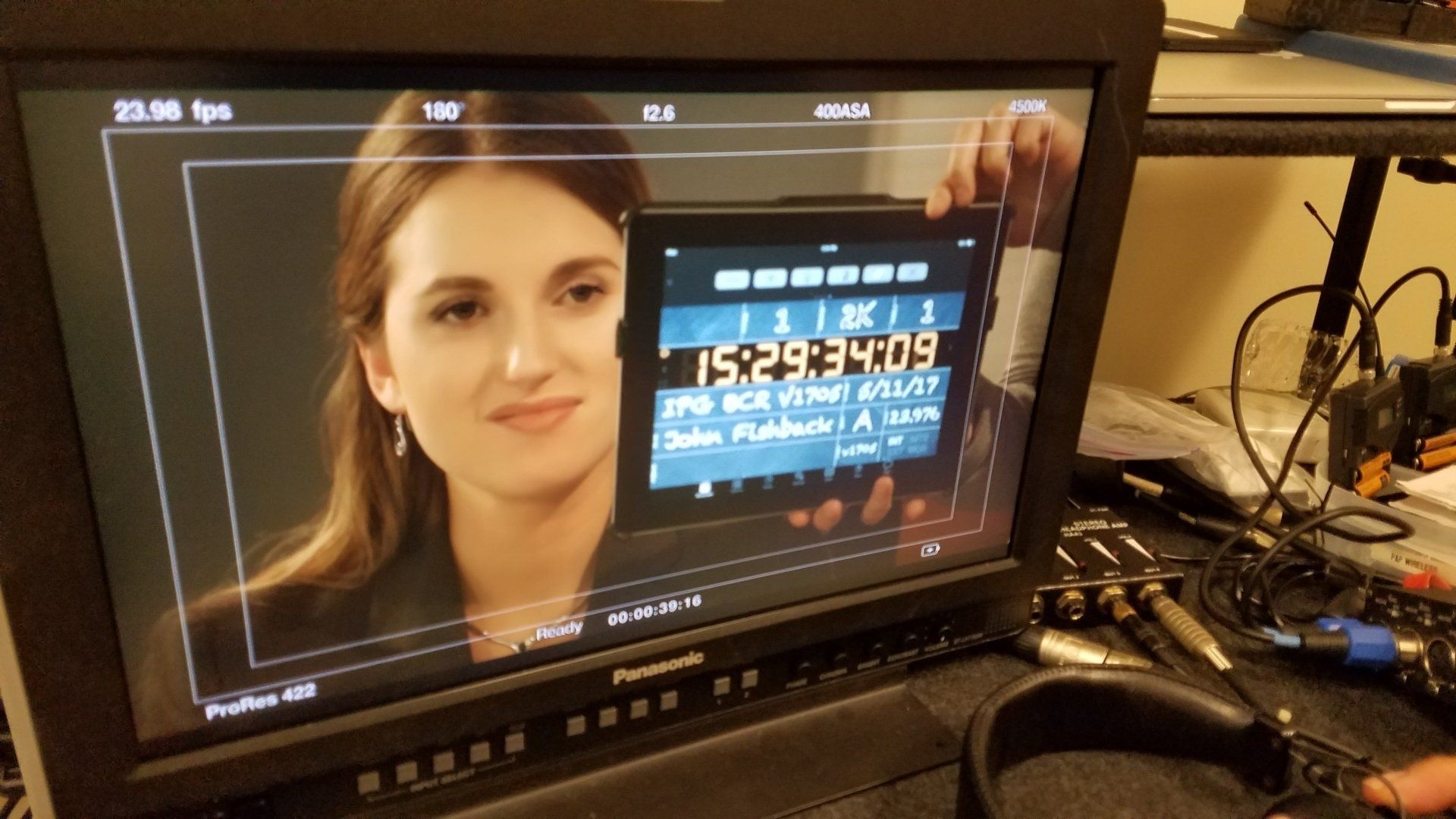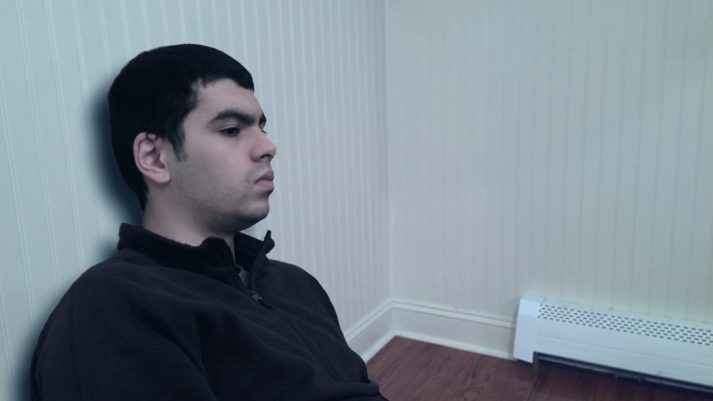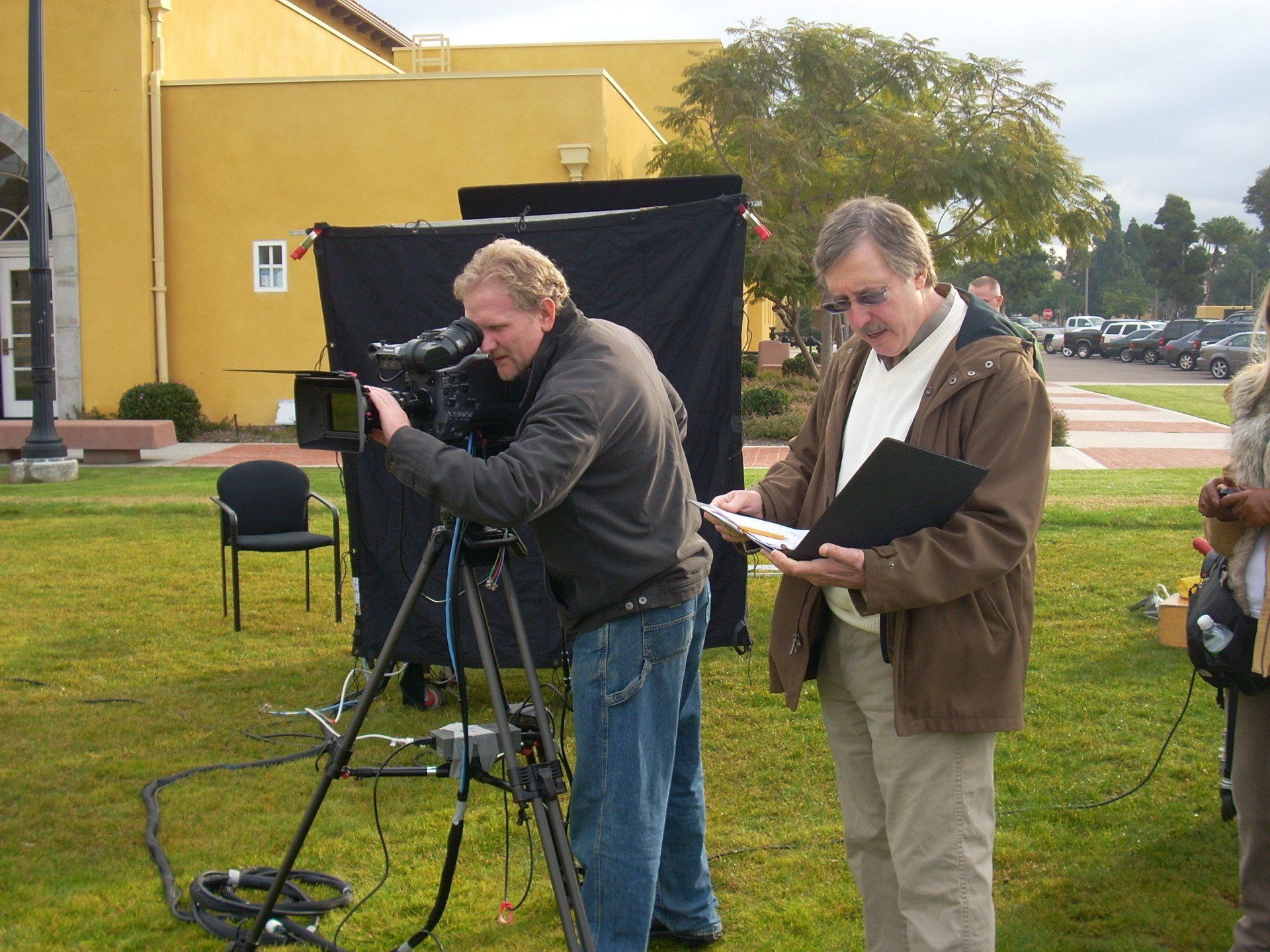"What is ADR?"
"What is ADR?"
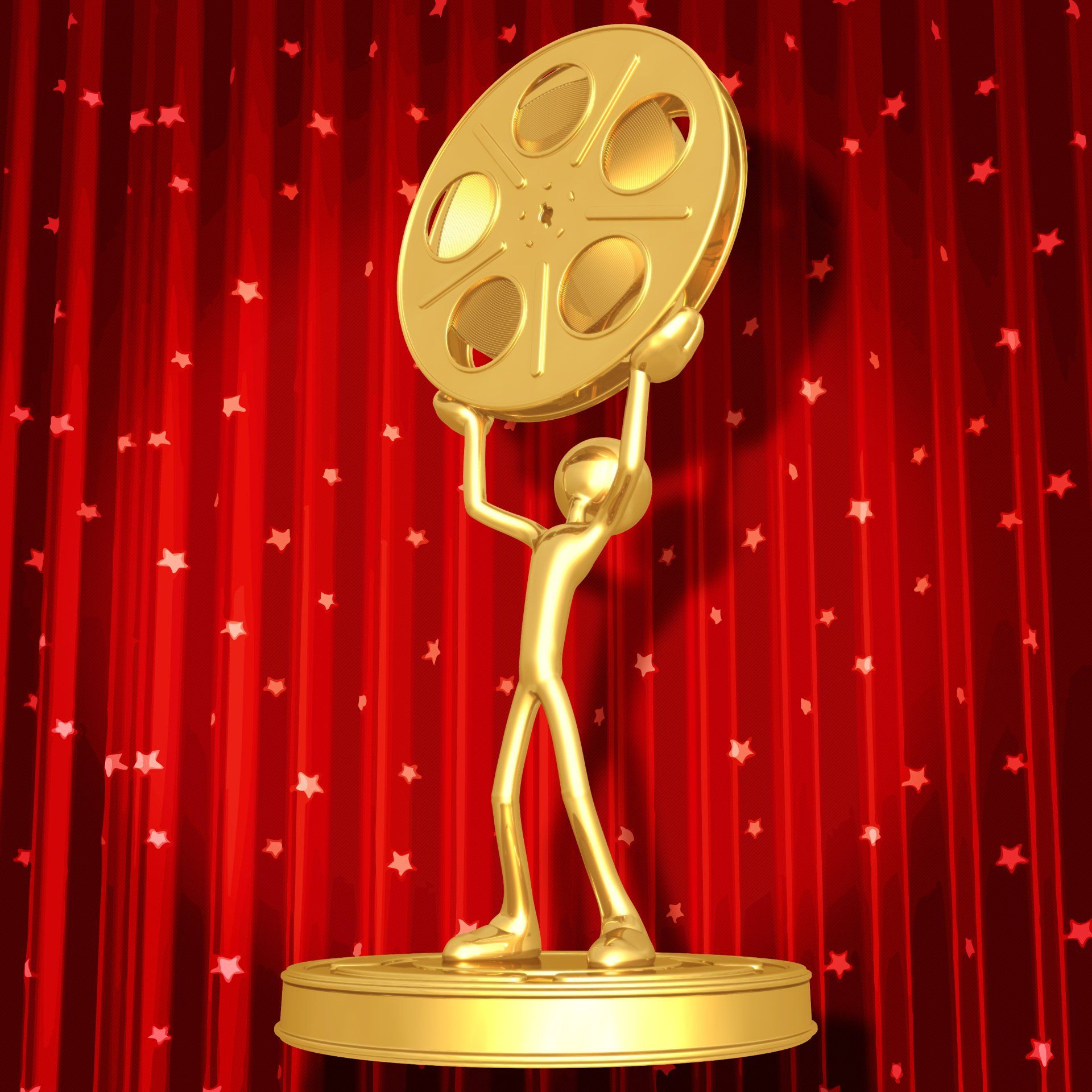
While video production is our main business, one of the most challenging and fun parts of what we do is ADR. And one question I hear a lot is, "What is ADR?"
ADR stands for Automatic Dialog Replacement, Additional Dialog Recording, Automated Dialog Replacement and more. ADR is used when it's necessary to replace dialog in a film or video.
Why is it necessary? In some cases scenes shot in the field contain intrusive environmental noises like cars, planes, leaf blowers, etc. We recorded ADR for "Criminal Minds" because, after a scene where the talent was running, one of the actors was huffing and puffing and that got into Elle Fanning's track.
When it's needed, ADR happens wherever the actor is. Elle was in our area shooting a different project when she got the call. She came to P&P and we recorded her lines. At the same time, the show's director was in Hollywood monitoring the ADR session in-sync with our session (using ISDN and Dolby Fax). They were seeing the same picture as was running here, along with Elle's synchronized performance. When they were happy with a performance, we moved on to the next cue.
Getting the right performance is critical - even if the mouth flaps (talent’s lips on-screen) don't line up perfectly. Getting the performance right is probably the main reason for ADR. There's an old story about Marlon Brando. Nobody knows if it is true. He purportedly mumbled his lines when shooting because he knew they'd have to be re-recorded or looped (other names for the ADR process). And, that gave him an opportunity to further craft his performance after the film was shot.
An animated show presents different challenges. For 3 seasons we recorded the original dialog and ADR for Nickelodeon’s animated series, "Avatar, The Last Airbender." The star voice lived in Stamford, so we were the logical choice. Usually, with animated shows all the characters are recorded in separate sessions. Again, the director listens In-sync to our session from afar and coaches the talent. The director tries to anticipate how other actors will deliver their lines. This means talent will record each line of dialog in many ways so there’s a better chance it will match other actor’s performances. Finally, all recorded takes of all talent are edited together to make the show’s original track. That track goes off to the animators. Months later we receive the picture with the voices in place. But, as well as they are directed, some performances don't match. So, talent comes back to re-record those lines in-sync to the animated picture. Again, multiple approaches to each line will be recorded – just in case.
Another reason for ADR is to record "efforts." Efforts are screams, laughs, grunts, and even panting sounds while running. Yes, sometimes they are desirable - when controlled. With "Avatar," once the animation was complete there were scenes where the character was running, surprised or scared by something, etc. Now, efforts had to be recorded to match the picture.
Sometimes a director or producer doesn’t have time to monitor a session. Tom Aldridge was in to record ADR for some of his scenes in the TV series, "Damages." An Executive Producer listened to the first couple takes and decided we knew what we were doing and told us to go it alone. Tom is one of the most proficient actors I've ever worked with doing ADR. There was one line I thought was ungrammatical and I suggested Tom read both the original line and my re-write. The re-write had an extra word in it, but Tom was so good, the re-written take looked perfect.
Another stellar ADR performance was by John Benjamin Hickey in Showtime’s "The Big C" for which we did ADR for 3 seasons. The scene, which lasted about 30 seconds, was shot in front of a Stamford auto dealership and there was terrific traffic noise. The scene was between John and Laura Linney and there were many dialog overlaps. I think John only did 2 takes of the entire 30 second scene and nailed it both times. Amazing!
Another reason for ADR is to remove profanity so a show can play on different networks, One of the first ADR sessions we did was in the mid-90s with Robert Vaughn replacing colorful dialog in “BASEketball.” "The Big C" also replaced dialog for this reason, too. And, ADR is used to produce foreign language versions of a show. We've done that for a couple of corporate clients.
ADR is a time-consuming process even with the modern tools we use to align tracks to each other, and even transfer performance intonation where the original performance was good, but had problematic overlapping environmental sounds. Even so, it’s a lot easier on a budget to replace dialog rather than reshooting a scene.
And having a chance to work with world class talent is a lot of fun!
John R. Fishback
President
P&P Studios Inc.
Copyright © 2021 John R. Fishback. All Rights Reserved.


